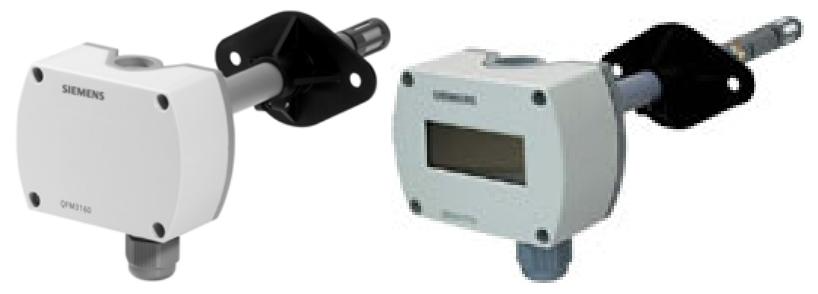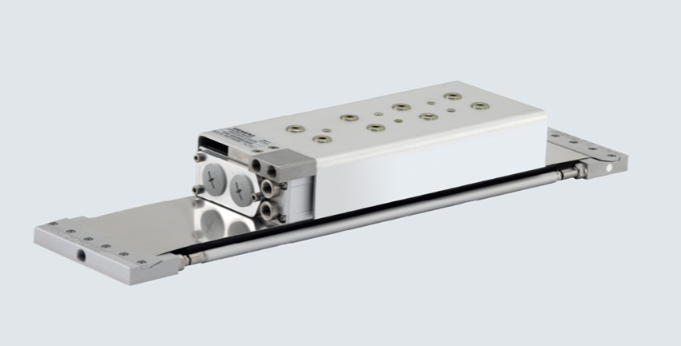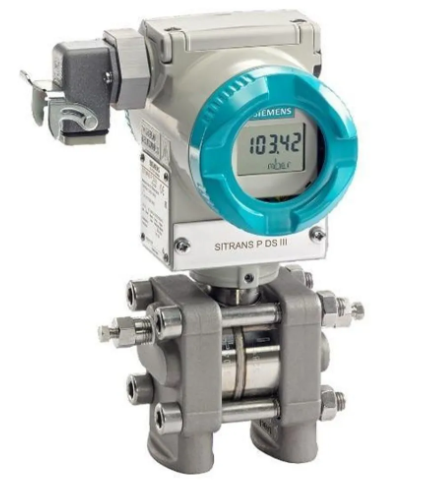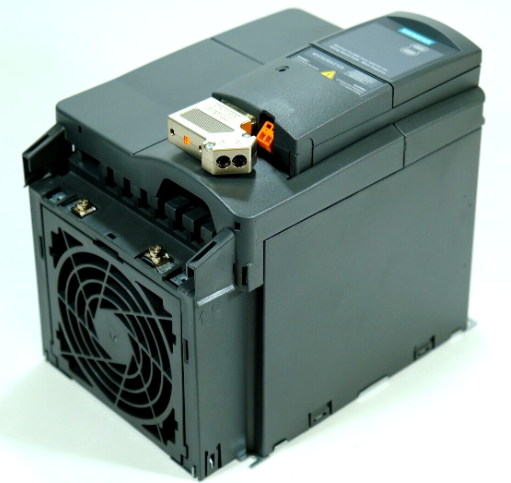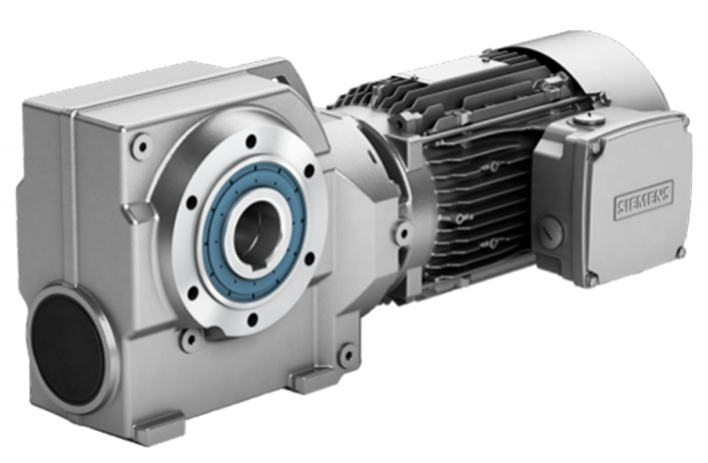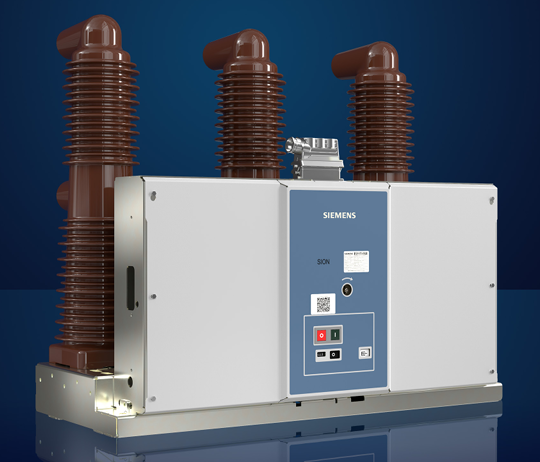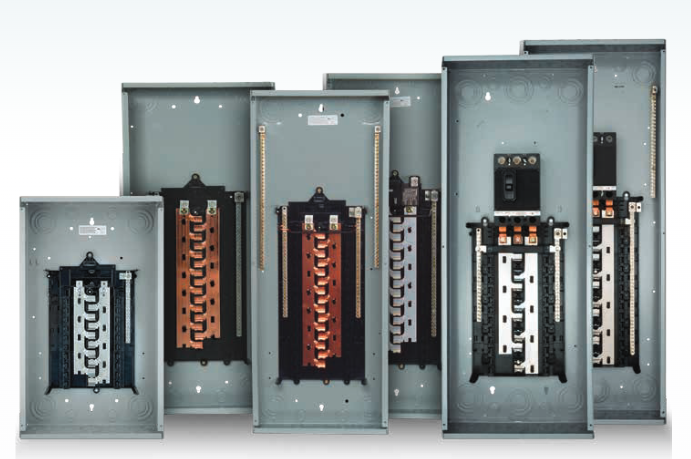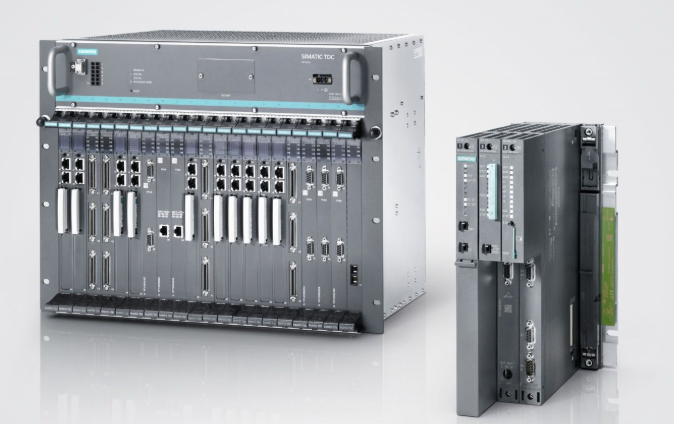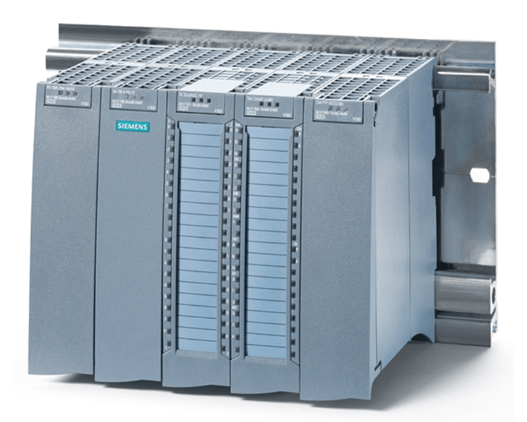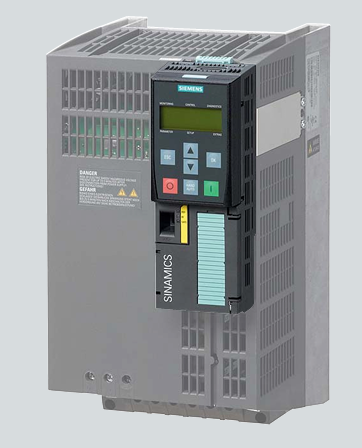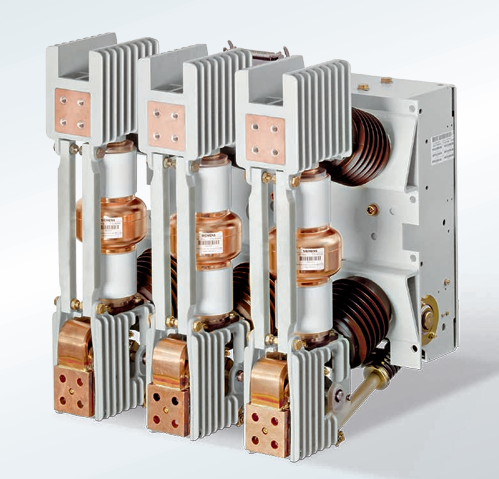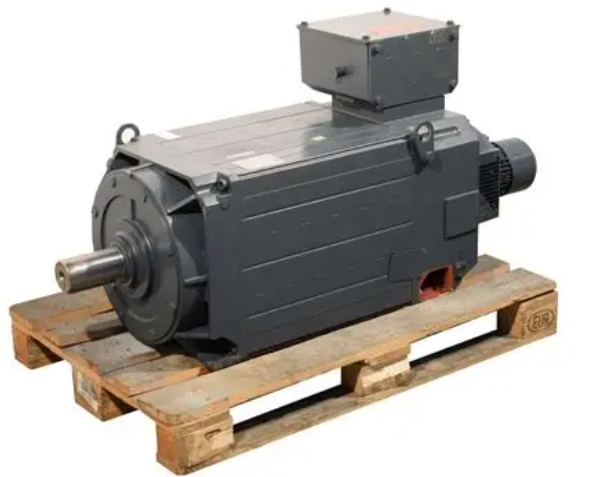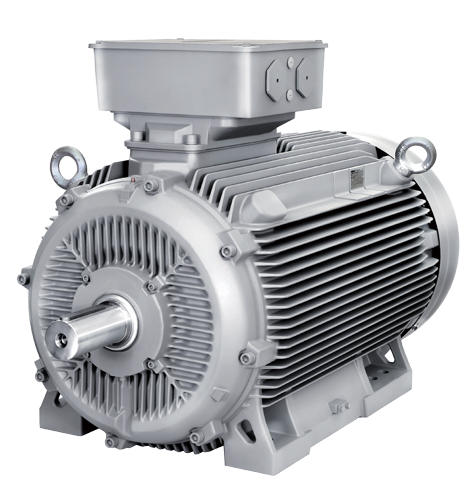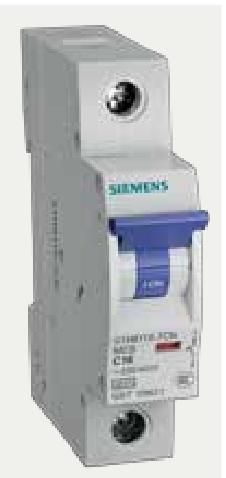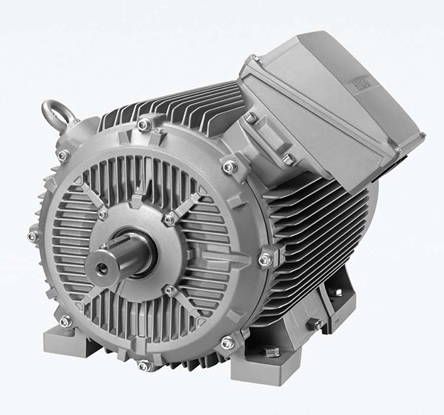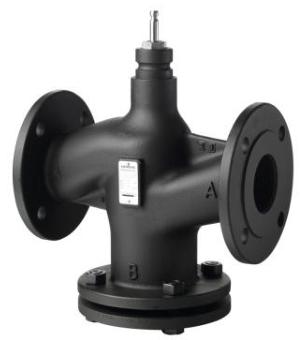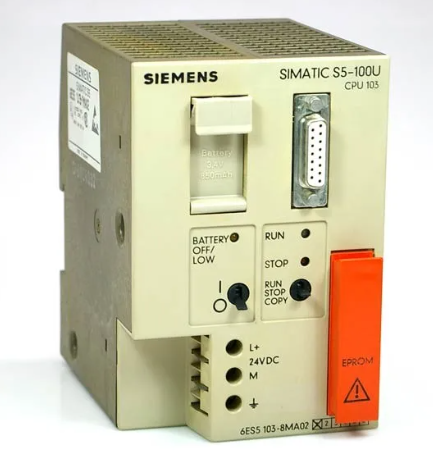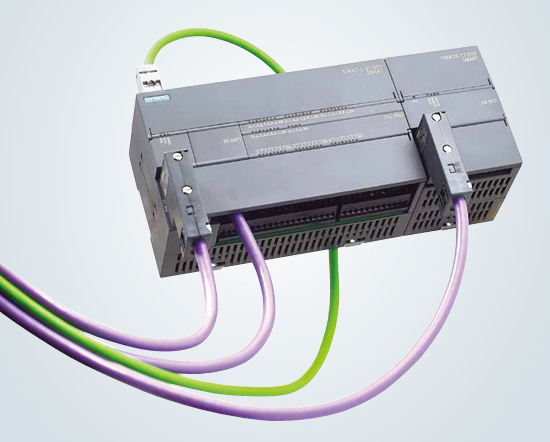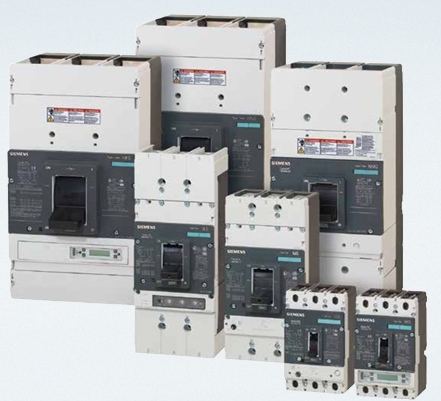The FUJI NP1BS-08 base plate is an installation adapter designed specifically for industrial control equipment by the Fuji brand. It is mainly used to provide a stable installation foundation, reliable electrical connection interfaces, and good protection performance for related modules. This base plate, with the technical accumulation of Fuji brand in the industrial field, has undergone strict industrial environment verification in terms of structural design, material selection, and performance stability. It is suitable for various industrial scenarios such as automated production lines, electrical control cabinets, and intelligent devices, and is an important auxiliary component to ensure the stable operation of related equipment.
FUJI NP1BS-08 Base Plate
Product Overview
The FUJI NP1BS-08 base plate is an installation adapter designed specifically for industrial control equipment by the Fuji brand. It is mainly used to provide a stable installation foundation, reliable electrical connection interfaces, and good protection performance for related modules. This base plate, with the technical accumulation of Fuji brand in the industrial field, has undergone strict industrial environment verification in terms of structural design, material selection, and performance stability. It is suitable for various industrial scenarios such as automated production lines, electrical control cabinets, and intelligent devices, and is an important auxiliary component to ensure the stable operation of related equipment.
In the "NP1BS-08" model, "NP1" usually represents Fuji's specific product series identification, "BS" mostly refers to the functional attributes of the "Base Plate", and "08" may be related to core parameters such as interface quantity, installation size, or adaptation module specifications, clarifying the exclusive adaptation characteristics of the base plate.
Core Features and Advantages
1. High strength structural design
The base plate is made of high-quality flame-retardant engineering plastic or metal alloy material (specific material to be determined according to the product specification), which has excellent mechanical strength and impact resistance, can effectively carry the weight of the adaptive module, and resist external forces such as vibration and collision in the industrial field, avoiding electrical connection failures caused by structural deformation. In addition, the material also has good high and low temperature resistance, and can adapt to the common temperature range of -20 ℃ to 60 ℃ in industrial environments (please refer to official data for specific temperature range parameters), ensuring structural stability in harsh environments.
2. Reliable electrical connection performance
The base board is equipped with precision conductive terminals, which are treated with gold or tin plating processes to reduce contact resistance, improve conductivity and corrosion resistance, and effectively reduce problems such as heating and signal transmission interference caused by poor contact. The terminal layout follows standardized design and is precisely matched with the interface of the adaptation module. It can be smoothly plugged in and firmly connected, ensuring the stability of power transmission and signal transmission. It is suitable for high-frequency module maintenance or replacement scenarios.
3. Convenient installation and adaptability
The base plate adopts a modular installation design, with standardized installation holes at the bottom, which can be quickly fixed to the guide rails or installation panels of the electrical control cabinet. The installation process does not require complex tools, improving construction efficiency. At the same time, it provides exclusive adaptation for Fuji's specific series of modules, ensuring precise positioning after module installation, avoiding problems such as looseness and offset, and ensuring the overall coordination of equipment operation.
4. Good protective performance
The product meets industrial grade protection standards (such as IP20 and above protection level) and can effectively block dust, debris, and other debris from entering the internal terminal area, reducing the impact of external environment on electrical connections. Some models also have anti misoperation design to avoid terminal damage caused by module reverse installation or incorrect insertion and removal, improving safety and reliability during use.
Applicable scenarios and adaptation modules
1. Main applicable scenarios
This base board is widely used in various industrial automation fields, including but not limited to: control equipment for automotive manufacturing production lines, electrical systems for electronic component processing equipment, control terminals for intelligent warehousing and logistics, explosion-proof control cabinets in the chemical industry (which need to be used in conjunction with explosion-proof modules), and electrical control units for building automation. Its stable performance and convenient installation characteristics enable it to adapt to the industrial environment needs of different industries.
2. Scope of adaptation module
As an exclusive adaptation component, the FUJI NP1BS-08 base board mainly adapts to specific modules of the Fuji NP1 series, such as digital input/output modules, analog conversion modules, pulse control modules, etc. (specific adaptation module models need to be based on Fuji's official product compatibility list). When making a purchase, it is necessary to ensure that the base plate matches the module model accurately to avoid compatibility failures.
Installation and maintenance precautions
1. Installation specifications
-Before installation, it is necessary to confirm that the construction environment meets the requirements for product use, and avoid direct installation in damp, dusty, and highly corrosive gas environments. If the environment is special, additional protective measures should be provided.
-During installation, it is necessary to fix according to the positioning marks on the base plate to ensure that the installation holes are aligned. When tightening the screws, the force should be moderate to avoid excessive tightening that may cause deformation of the base plate.
-When inserting the module into the base board, align it with the terminal interface, smoothly push it in until you hear a "click" locking sound, confirm that the module is installed in place, and avoid forcibly plugging and unplugging to damage the terminals.
2. Key points of daily maintenance
-Regularly (recommended every 3-6 months) clean the base plate by using a dry brush or compressed air to remove dust from the surface and terminal area, avoiding the accumulation of debris that may affect conductivity.
-During maintenance, it is necessary to first cut off the power supply of the relevant equipment to ensure safe operation. Check the base plate for structural deformation, terminal oxidation, looseness, and other issues. If any abnormalities are found, they should be replaced in a timely manner.
-When replacing a module, press and hold the unlock button on the base plate (if any), smoothly remove the old module, and then insert the new module according to the specifications to avoid violent operation.
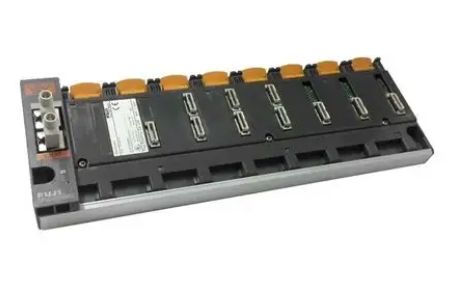
- User name Member Level Quantity Specification Purchase Date
- Satisfaction :
-









Email:wang@kongjiangauto.com

